Expertise for all
From farmers to professional growers, horticulturists to home gardeners and everyone in between, we develop and deliver the most premium and trusted products to suit all growing needs, year round.
Nature’s genius meets ours
Research and development are integral parts of delivering on our promise of sustainable products that actually work. Neutrog engages the best minds in biological science to help form exacting products, formulated at a level, that yield real results.
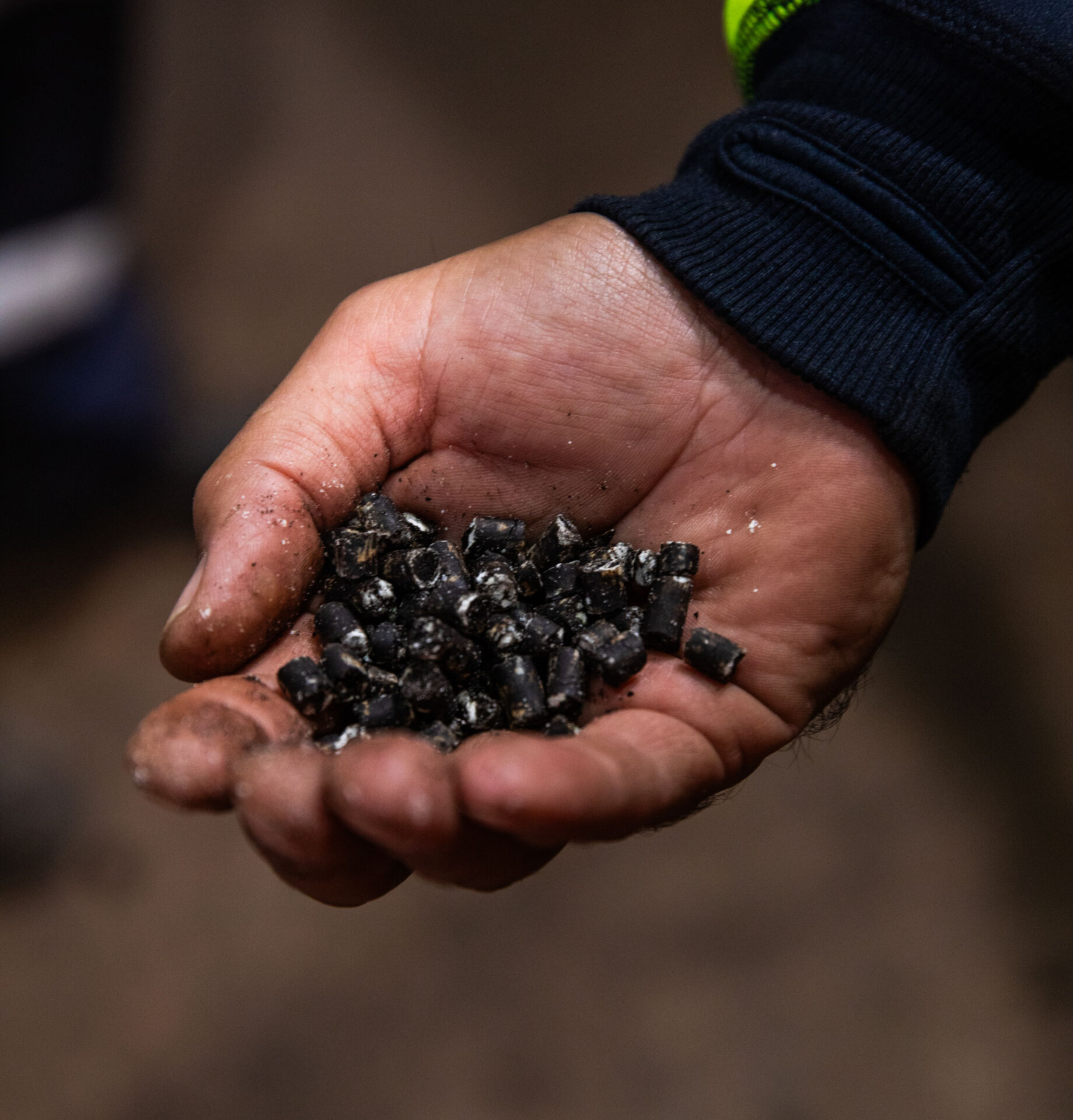
Culture & Values
The essence of what shapes and defines the premium Neutrog brand
Grounded
Grounded in our persona and in the manner in which we conduct and develop our business – adding substance along the way
Focused
Focused in finding and developing like-minded partners, staff and suppliers and in working as a team to unearth and fulfil our customers’ needs
Disciplined
Disciplined in our pursuit of maximising control over our business through developing and maintaining process – producing predictable outcomes
Spirited
Spirited toward our support of the community and in our innovative and enthusiastic approach to everything we do
The Neutrog of today is a world away from the Neutrog of 1988, when we began.
1988 | Neutrog Established
Neutrog founder Angus Irwin was 24, when along with business partner Brian Smith, they found a disused mine site from which to start a business to produce pelletised, organic fertiliser for broadacre farmers. With a focus on creating products with premium nutritional and organic content, the name Neutrog was chosen and two products, Rapid Raiser and Bounce Back were released. Both of these products continue to be produced today.

1991 | Introduced to Home Gardeners
The opportunity arose for Neutrog to broaden their customer base and launch fertilisers for landscaping and garden use which proved to be a fundamental turning point in Neutrog’s history. The combination of high quality organic ingredients, in an easy to use, pelletised format became highly sought after and Neutrog quickly established itself with passionate gardening customers.

1998 | Flemington Partnership
Neutrog becomes the ongoing chosen fertiliser supplier for the Flemington Racecourse gardens.

2001 | Launch of Sudden Impact for Roses
Sudden Impact for Roses is launched at the Adelaide Botanic Garden in August, with the
endorsement of the Rose Society of South Australia.
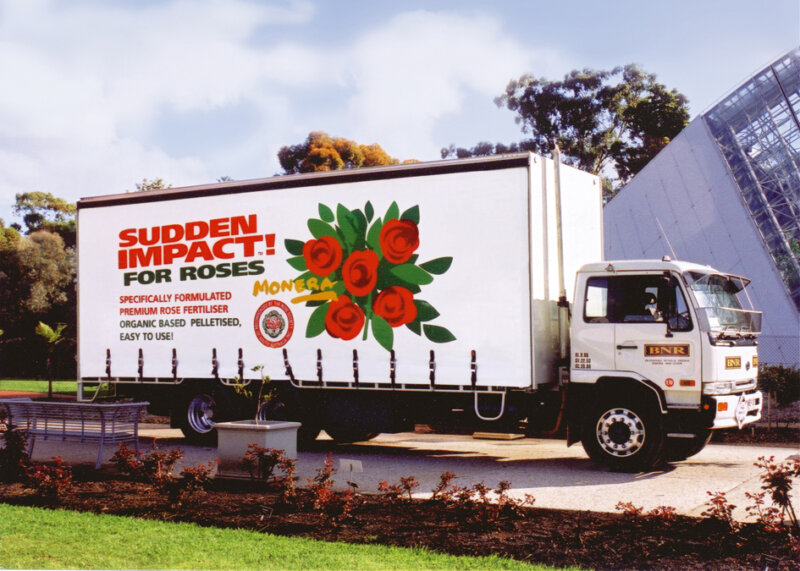
2007 | R&D
World renowned microbiologist, Dr Uwe Stroeher, starts consulting to Neutrog, further unlocking the capabilities of soil microbes and soil biology and accelerating Neutrog’s journey from organic pelletised fertilisers to biological fertilisers.
2009 | Launch of GOGO Juice
GOGO Juice, a probiotic for soil and plants, was released after six years of extensive research and development. The first trial batch was ‘brewed’ in a 20L home brewing kit, and today,100’s of thousands of litres of this catalystic probiotic are sold to farmers, growers and gardeners all around Australia each year.
2010 | From the Ground Up
From the Ground Up, written by Sophie Thomson, is published by Neutrog. Later followed by editions written by Graham, Sandra & Linda Ross and also Jane Edmanson.
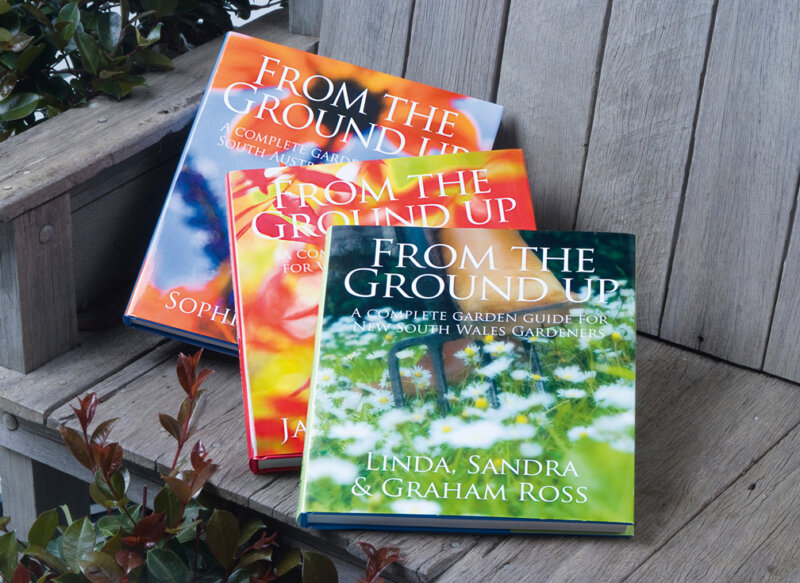
2017 | R&D Department Established
Following over twenty years in university research both in Australia and overseas, Dr Uwe Stroeher was appointed full time Manager of Neutrog’s R&D, and a permanent on-site laboratory established, creating the foundation for a formalised Research & Development program. The research involved working alongside commercial growers, botanic gardens and gardeners to understand problems with disease and plant health, followed by product development tailored by biological principles. Neutrog now invests in excess of $1M per year on R&D.
2018 | Launch of Whoflungdung
Whoflungdung, a biologically activated ‘supermulch’ is launched, following a successful trial with Adelaide City Council and the National Rose Trial Garden. A by-product of Neutrog’s manufacturing process Whoflungdung is unlike any product on the market, made from a combination of chicken manure, straw and wood-shavings, composted and inoculated with eNcase. Whoflungdung, probably Neutrog’s most recognised brand, has achieve a cult-like following.
2019 | Production Expands
To meet increasing demand, Neutrog expands its compost production area with the construction of a new 50,000m2 limestone pad, and a new 2,000m2 warehouse. This warehouse during the traditionally busy spring period of July to November, is filled and emptied every three days. Neutrog also have warehouses in WA and QLD.
2022 | The Crowdfund
Neutrog conduct the joint-largest crowdfunding of 2022 nationally raising over $3M, to become a private, public company with 794 Shareholders. The capital raised is to support the construction of a dedicated Research and Education space to house the expanding R&D program and also facilitate education for school, tertiary, industry and community groups.
2023 | Biological Advisory Board
Neutrog Biological Advisory Board established with founding members Professor Paul Manning, Assoc. Professor Renato Morona and Professor Kirsty Bayliss to give bring a global perspective to research and product development.
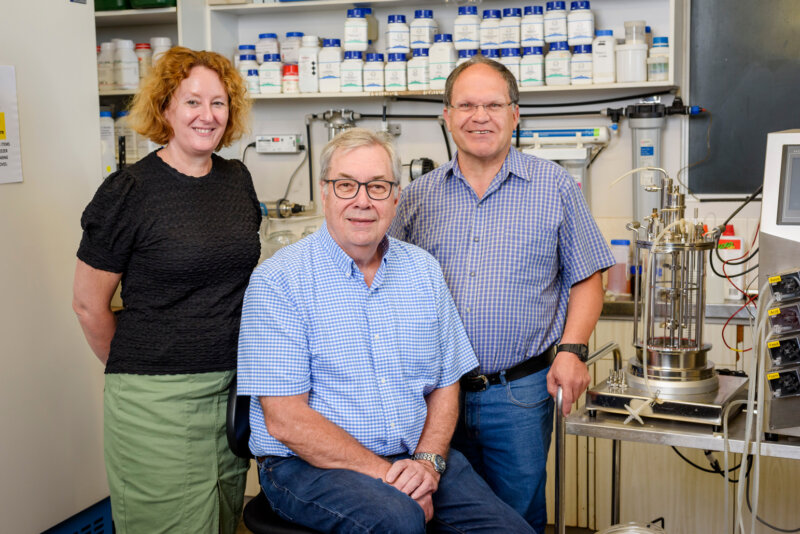
2024 | The Station
196ha field research site ‘The Station’ is purchased in Langhorne Creek, South Australia in April.
2024 | Research and Education Centre
Development Approval granted for the construction of Neutrog’s Research & Education Centre in May.
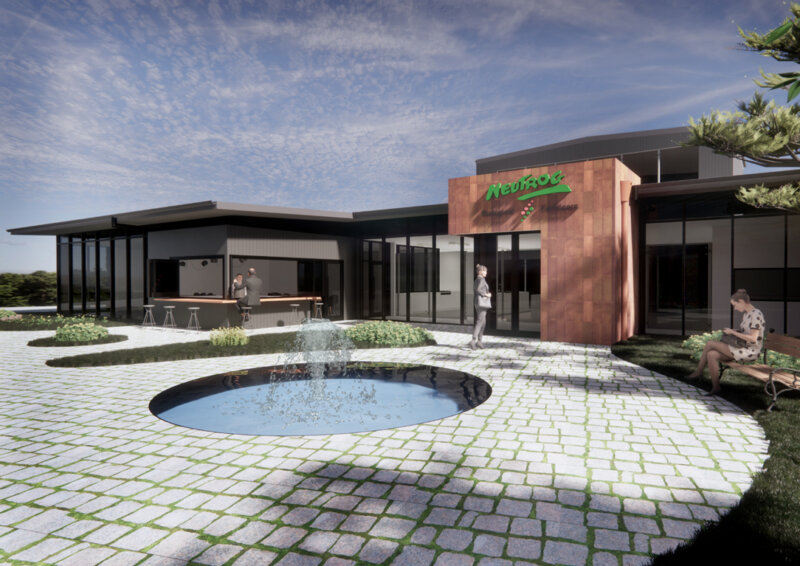
2024 | Rutec
Neutrog acquire national liquid fertiliser company, Rutec in August. Rutec commenced operation in 1972 and are Australia’s longest running premium liquid fertiliser manufacturer.

An Insight Into Neutrog
Neutrog’s story is often mistakenly simplified to “piles of chicken manure”. And while that is where the story began, Neutrog is now proudly playing a role in the worldwide development of biological fertiliser science and tackling the very real challenges that lie ahead in both agriculture and sustainability.
